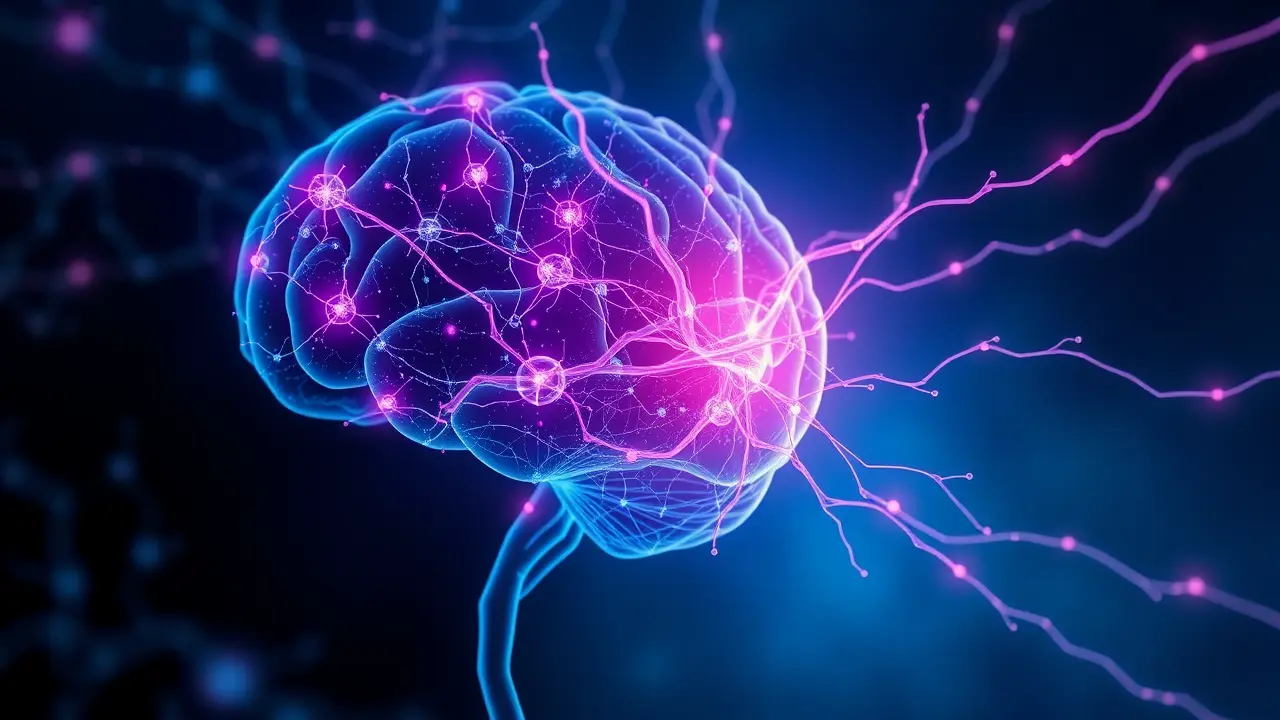Scientists discover brain circuit that can switch off chronic pain
In a development that feels ripped from the pages of a near-future medical thriller, scientists have successfully pinpointed a specific cluster of neurons—the Y1 receptor neurons—that function as the brain's own master switch for chronic pain, capable of overriding persistent signals when more primal survival instincts like hunger or fear take precedence. This isn't merely about finding another chemical pathway; it's about decoding the brain's fundamental hierarchy of needs, a neural switchboard where the imperative to find food or escape a predator can literally silence the debilitating scream of long-term pain.For the millions worldwide held hostage by conditions like fibromyalgia, neuropathic pain, or lower back agony, this discovery represents a paradigm shift away from simply masking symptoms with opioids and anti-inflammatories—treatments often fraught with tolerance issues and devastating side-effects—and toward targeting the very source of the pain perception itself within the complex circuitry of the central nervous system. The research, emerging from sophisticated optogenetics and chemogenetics techniques that allow scientists to control specific neuron populations with light and designer drugs, reveals that these Y1 neurons act as a central arbitrator, weighing the biological value of pain against other critical drives for survival.Imagine a scenario where a soldier, adrenalized by combat, doesn't feel a significant wound until the firefight is over; or a predator, driven by starvation, ignores its own injuries to pursue a meal. This is the ancient, hardwired system these scientists are now learning to command.The potential clinical applications are staggering, pointing toward a future of highly personalized neuromodulation therapies. We could be looking at implanted devices that deliver precise electrical or chemical signals to this circuit, effectively teaching the brain to 'switch off' pain without the systemic baggage of pharmaceuticals, or even gene therapies designed to enhance the natural activity of these Y1 receptors.Of course, the path from laboratory breakthrough to clinical reality is long and fraught with ethical considerations—tampering with the brain's fundamental alarm systems is not to be taken lightly, and the line between relieving chronic pain and creating a state of dangerous insensibility must be carefully navigated. Yet, the sheer elegance of leveraging the body's own built-in pain suppression mechanisms offers a beacon of hope that is both scientifically profound and deeply human, suggesting that the key to liberating ourselves from chronic suffering has been embedded within our own biology all along, waiting for the right key to turn the lock.
It’s quiet here...Start the conversation by leaving the first comment.
© 2025 Outpoll Service LTD. All rights reserved.
